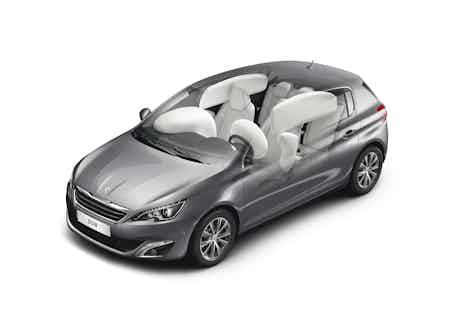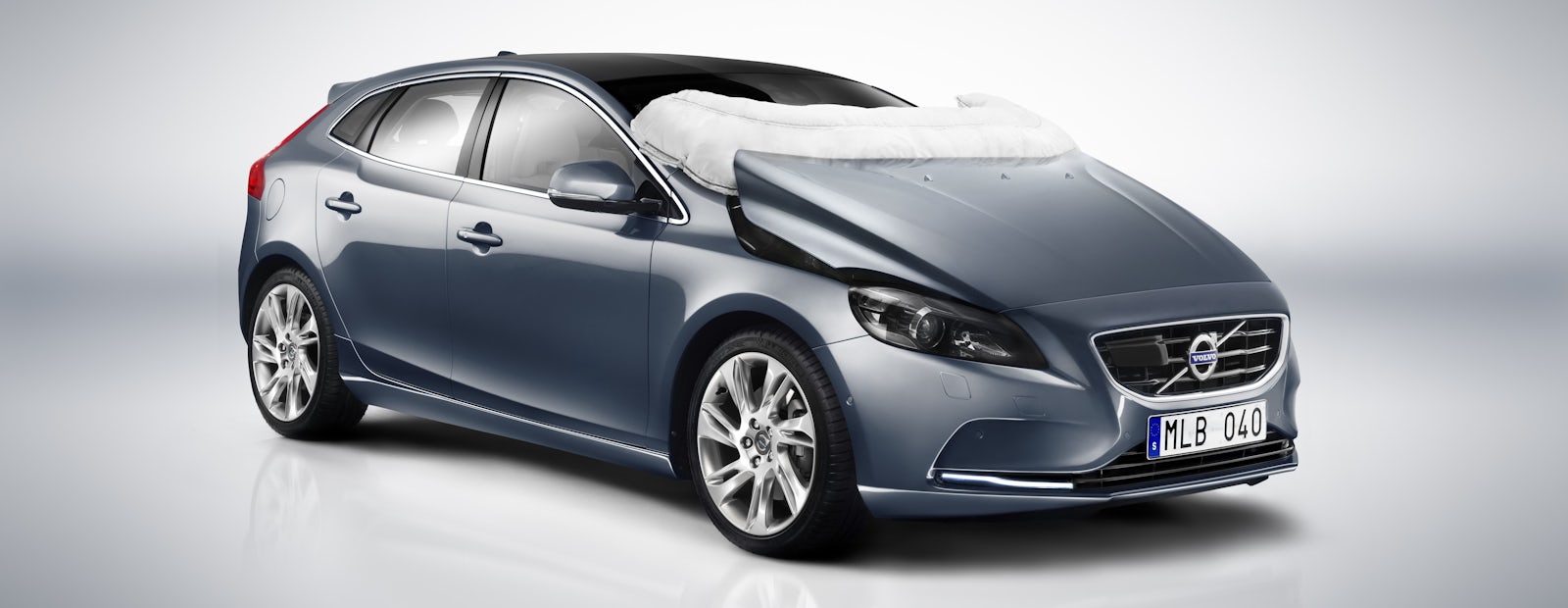How do airbags work?
December 04, 2014 by Alex Ingram

Over the past 20 years the airbag has become one of the fundamental safety features fitted to our cars, and with very good reason.
A report published in January 2014 by the NHTSA (the US government’s road safety agency) concluded that fatalities due to side impact road accidents were reduced by 41.3 per cent in cars fitted with curtain and side airbags. Similar studies have shown that in a frontal impact, driver and passenger airbags could reduce deaths by as much as 63 per cent.
Those statistics are reassuring to know, but have you ever wondered what is actually going on in the split second they deploy?

The science behind the safety
In the event of an accident, a car will decelerate very suddenly. This is bad for any of the occupants inside, because they will continue to move at the same velocity until they also hit something stationary – usually the dashboard or steering wheel. This rapid stop is mitigated to some extent by the seatbelt, but it can only achieve so much, which is where airbags play their part.
Put simply, they are large nylon bags, folded neatly into a cubby until they are needed. All over the car, accelerometers detect sudden rates of deceleration which suggest an impact has occurred. These systems are linked to a small explosive device, which ignites to produce a sudden release of nitrogen gas. This gas fills the airbag, rapidly inflating it to cushion the blow for the car’s occupants. This entire process takes only four hundredths of a second.

How does it feel?
It’s certainly a violent experience – the bang from the airbag’s deployment will probably leave your ears ringing, your face feeling like it’s been punched, and you’ll probably look like a clown thanks to the burst of talcum powder used to lubricate the device while stowed. Luckily, it’ll vastly reduce the risk of injury, so the pros and cons more than balance out favourably.
The first examples of airbags were stowed behind the steering wheel for the driver, and on the dashboard for the front passenger. These still exist today, and are often complemented by extra airbags in the side of the seats or door (side) pillars along the tops of the doors (curtain) and under the steering wheel in the foot well (knee).
Some cars even come with airbags under the bonnet that deploy when the car detects a collision with a pedestrian. The Volvo V40 (below) is one of the cars that gets this feature to help protect anyone unlucky enough to get run over.

Anything else to consider?
If you’re planning on transporting a baby in a child seat in the front of your car then you must ensure the passenger airbag is deactivated – not doing so could injure your child. Passenger airbags are typically deactivated by slotting the car key into a slot in the glovebox or the door frame and turning it – this prevents accidental deactivation.
Safety conscious?
Now you’re a bit better informed about airbags, take a look at our list of the safest small cars tested by Euro NCAP in 2014.